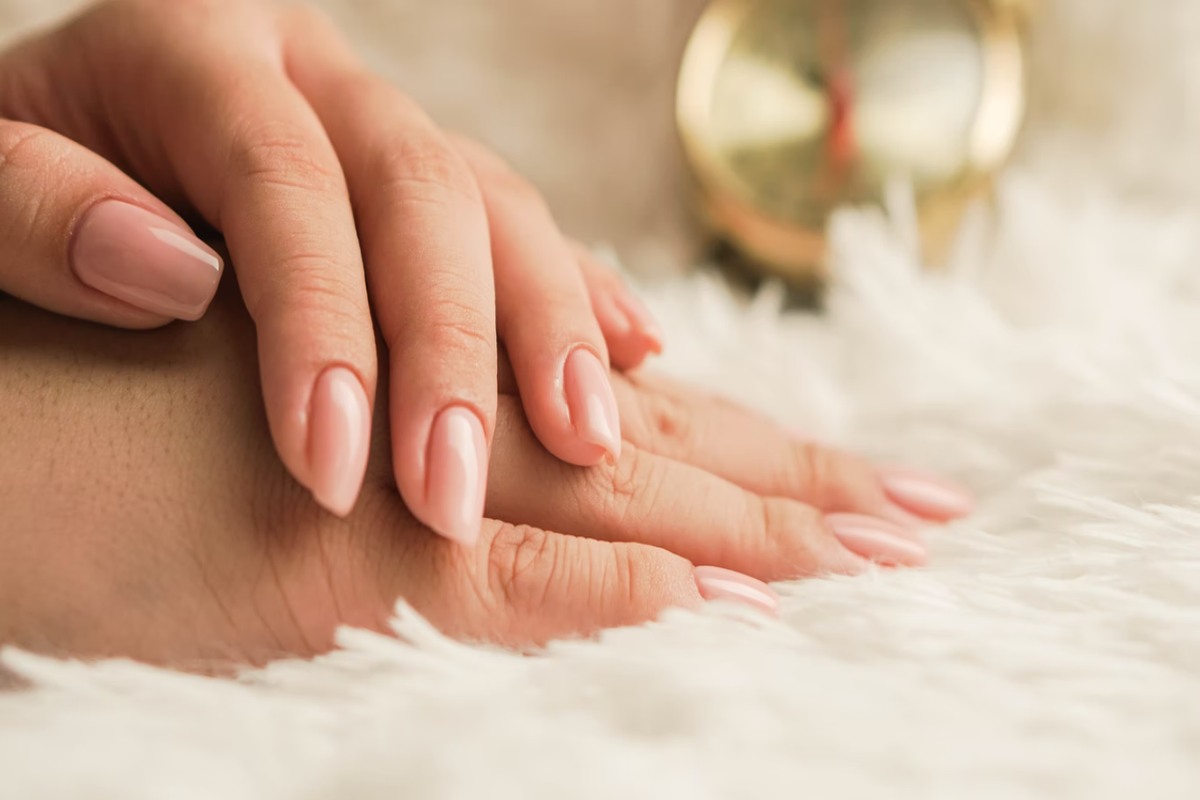Reasons your Nails Aren’t Drying: While we would all love to visit a manicurist every week, we likely have to do our own nails more often than not. The truth is that you don’t need a professional to paint your nails, but some problems can arise that mean you might struggle to get the perfect look. There are obvious mistakes to avoid, like not showering after you’ve just done your nails or doing them before bed. However, less obvious choices can lead to your nails just not drying as you expected.
Table of Contents
Failing to prepare
One of the significant reasons your nails aren’t drying as you hoped is that you may not have taken the time to prepare the surface. If there is oil on the nail’s surface before applying the varnish, it will soon peel off. While the drying process might feel flawless, you will soon be distressed with the look you achieve.
Before applying the base coat, you should clean your nails with a pH prep product that removes the surface moisture and oil.
Skipping the base coat
There’s a whole load of reasons you shouldn’t skip the base coat. First, it creates a flawless surface on which to apply the polish and second, it stops the varnish tarnishing the nail and leaving them yellow. Yet, the most important is that it improves the adhesion of the polish to the nail plate. What does this mean? The varnish will be less likely to smudge and smear.
Sure, adding a base layer is an extra step that feels like a pain. However, the base coat always dries rapidly and will mean the varnish coat will dry quicker.
Applying thick coats of colour in one application
The colour in the bottle always looks darker than that which you apply to your nail. What do we do to compensate? We add the thickest of dollops of varnish to get the desired colour. While applying more varnish to darken the colour is sensible, doing it all in one go is a cause for trouble. You need to apply the colour in thin layers to build up to the shade you desire. If you wait two minutes in between coats, you will find you are finished much quicker this way too.
There are other good reasons for applying several thin layers. If you splash the varnish on, you will need to clean up your cuticles where excess polish will have slipped.
Applying polish in one coat
The next time you go to your manicurist, watch how they apply polish to your nail. They do not even attempt to do the whole nail in one go; instead, you should use three or four smaller strokes to get close to the cuticles. Doing these smaller strokes creates less overlap when looking to neaten up your nails, and you are less likely to have more polish in some areas over others.
Using older nail polish
Sure, we have a polish that we love and has always served us well. However, when the polish ages, the solvents evaporate, which means it becomes thicker and stringier. A little jar of polish should really be replaced every year to ensure it looks its best when dried on your nails. The older it is, the more difficulty you will have in getting the perfect finish.
Skipping the topcoat
When you finally have a look you want, it is tempting to think that the job is done, only to find that there are smudges and swears later. Adding a top coat will increase the longevity of the manicure and will make sure you sustain the finish and stop you from feeling that frustration of a perfect look gone all too soon.
The takeaway
As with most things in life, preparation is the way to avoid problems. Pondering why your nails seem to take so long to dry or feel dry and then smear is a thought process we have all engaged in. The truth is that your nails need to be moisture and oil-free, the adhesive in the polish needs something to bind to, and a too thick coat will always take longer to dry. With all these tips, you should get the perfect look without having to pay professional prices.

